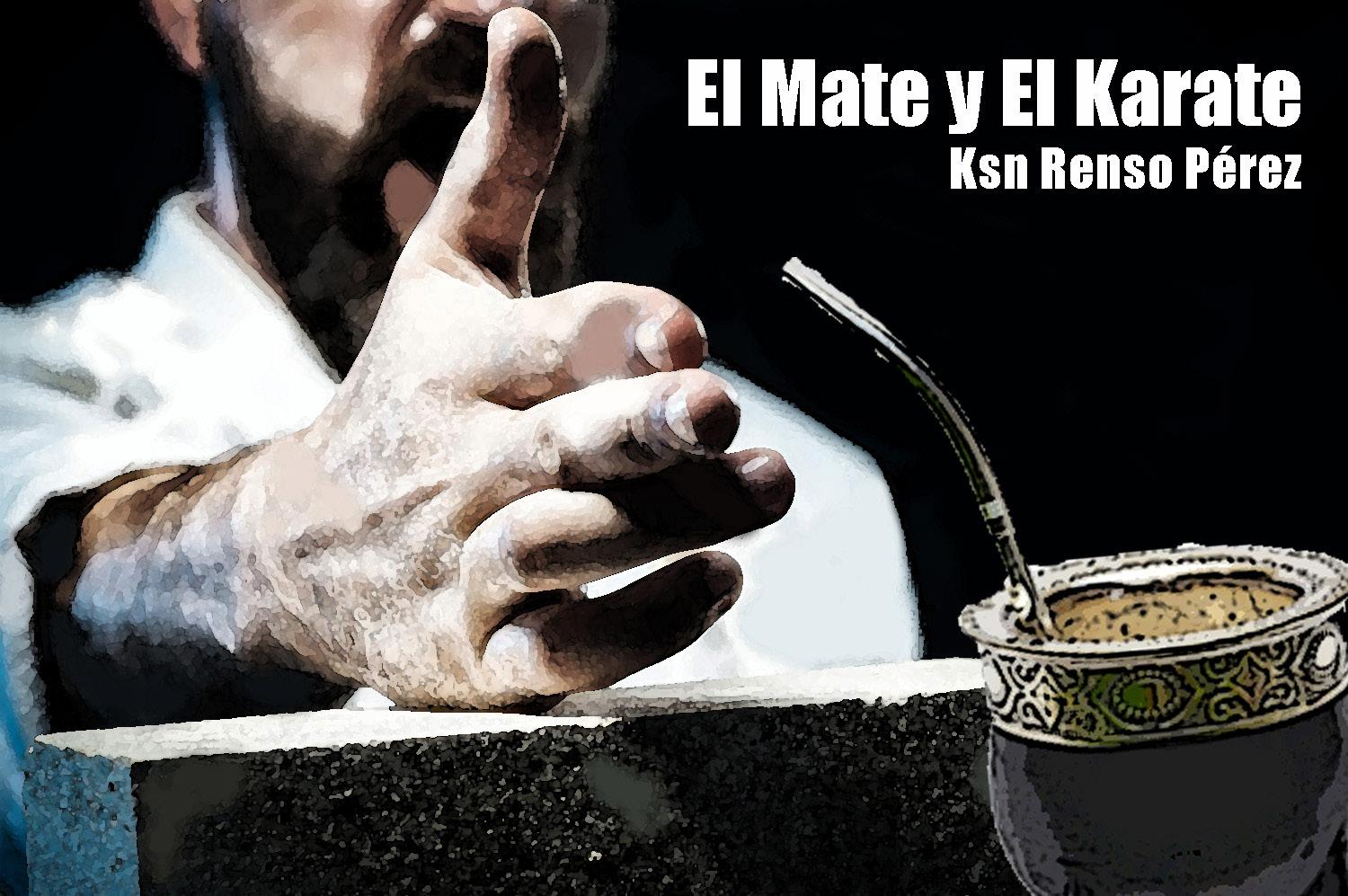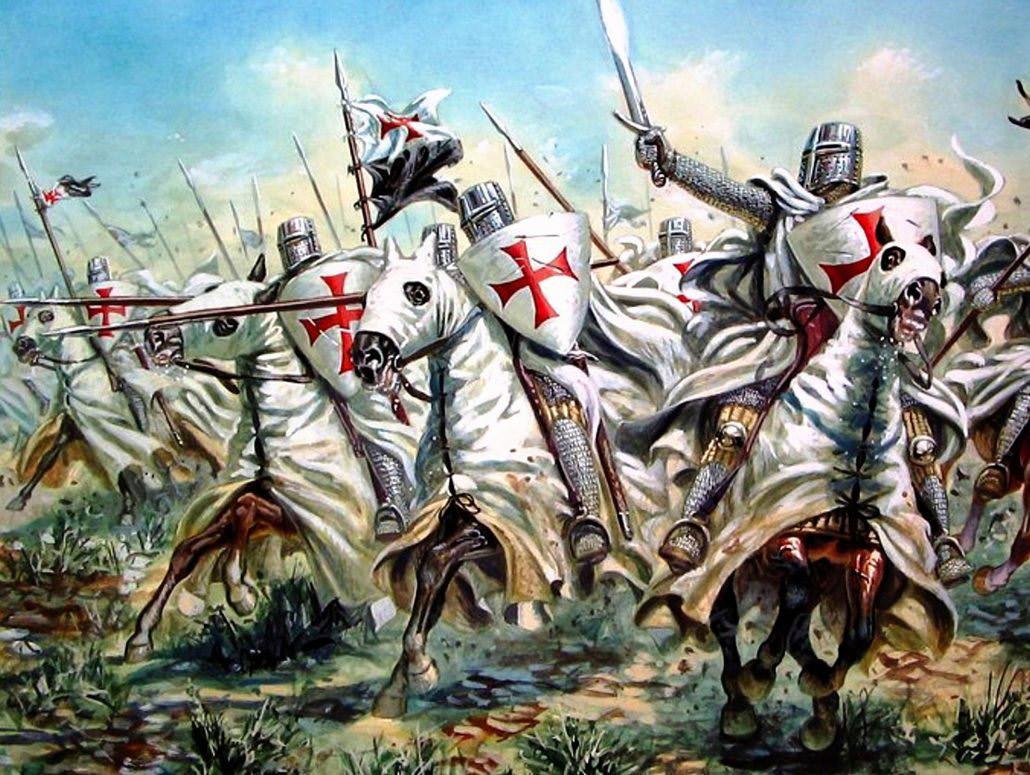
4 minute read
MATE and KARATE KSN Renso Perez
THE "POOR" KNIGHTS OF CHRIST Between the uncertainty of knowing if it was for political or religious reasons, around 1095 a relief maneuver begins on the Holy Land to give security to the pilgrims in the area. Under the name of Crusade, a union of Christians was created that in 1099 will take Jerusalem. This point gave the starting signal for Hugo de Payens, together with 9 other Christian knights, to found a monastic order with the aim of giving support and protection to the pilgrims who crossed Europe with the intention of visiting the holy places where Jesus Christ lived and died. This is where the origin of the Templars begins, which, initially, was nicknamed the Order of the Poor Companions of Christ and of the Temple of Solomon.
The Templars
Advertisement
It is not until 1129 when the order is formally approved by the Church. Little by little it grew thanks to the donations and the great fortunes of the nobles who became part of the order. Thus, in 1220 they became economically the most important force in Europe with some 30,000 knights. One of its emblems par excellence is the Templar seal in which two knights appear on the back of the same mount. This symbolizes poverty and humility, two of the most important vows of the order.
Decline of the Order. the decline of the order. Here begins a smear campaign with accusations of heresy and false crimes with which Philip IV of France wanted to put an end to the Templars. Finally, it is in 1312 when Pope Clement V dissolved the order. To a large extent, this end comes hand in hand with the wealth and power that sustained the order. And it is that the Templars were the forerunners of banking in Europe: they offered more advantageous loans than those offered by the Jews, thus becoming great bankers. This good position was, without a doubt, what generated envy among the indebted upper echelons. Envy that led to the accusations that, fair or not, put an end to his time. The Order of the Poor Knights of Christ of the Temple of Solomon (Latin: Pauperes Commilitones Christi Templique Salomonici), also called the Order of the Temple (and often said in the Frenchified form Order of the Temple), whose members are known as Knights Templar , was one of the most powerful Catholic military monastic orders of the Middle Ages. It remained active for just under two centuries. It was founded in 1118 or 1119 by nine French knights led by Hugo de Payns after the first crusade. Its original purpose was to protect the lives of Christians who made pilgrimages to Jerusalem after its conquest (mainly from the port city of Jaffa). The order was recognized by the Latin patriarch of Jerusalem Garmond de Picquigny, who imposed on it as a rule that of the Augustinian canons of the Holy Sepulchre. This rule, within the Templar context, is known as the Latin Rule. Officially approved by the Catholic Church in 1129, during the Council of Troyes (held in the cathedral of the same city), the Order of the Temple grew rapidly in size and power. The Knights Templar had as a distinctive a white cloak with a red anchored cross about him. On April 24, 1147, Pope Eugene III granted them the right to carry permanently the cross; simple cross, but anchored or kicked, which symbolized the martyrdom of Christ, red, because red was the symbol of the blood shed by Christ, but also of life. The cross was placed on his cloak over his left shoulder, above his heart." Militarily, its members were among the best-trained units that participated in the crusades. Non-combatant members of the order managed a complex economic structure within the Christian world. They even created new financial techniques that constitute a primitive form of the modern babanc. The order also built a series of fortifications throughout the Mediterranean Sea and the Holy Land.
The success of the Templars is closely linked to the Crusades. The loss of the Holy Land meant the disappearance of support for the order. In addition, the rumors generated around the secret initiation ceremony of the Templars created a great deal of mistrust. Philip IV of France, heavily indebted to the order and frightened by its growing power, began to pressure Pope Clement V to take action against its members. In 1307, a large number of Templars were imprisoned, forced to confess under torture and burned at the stake. In 1312, Clement V gave in to pressure from Felipe IV and dissolved the order. Its abrupt eradication gave rise to speculation and legends that have kept the name of the Knights Templar alive to this day.



